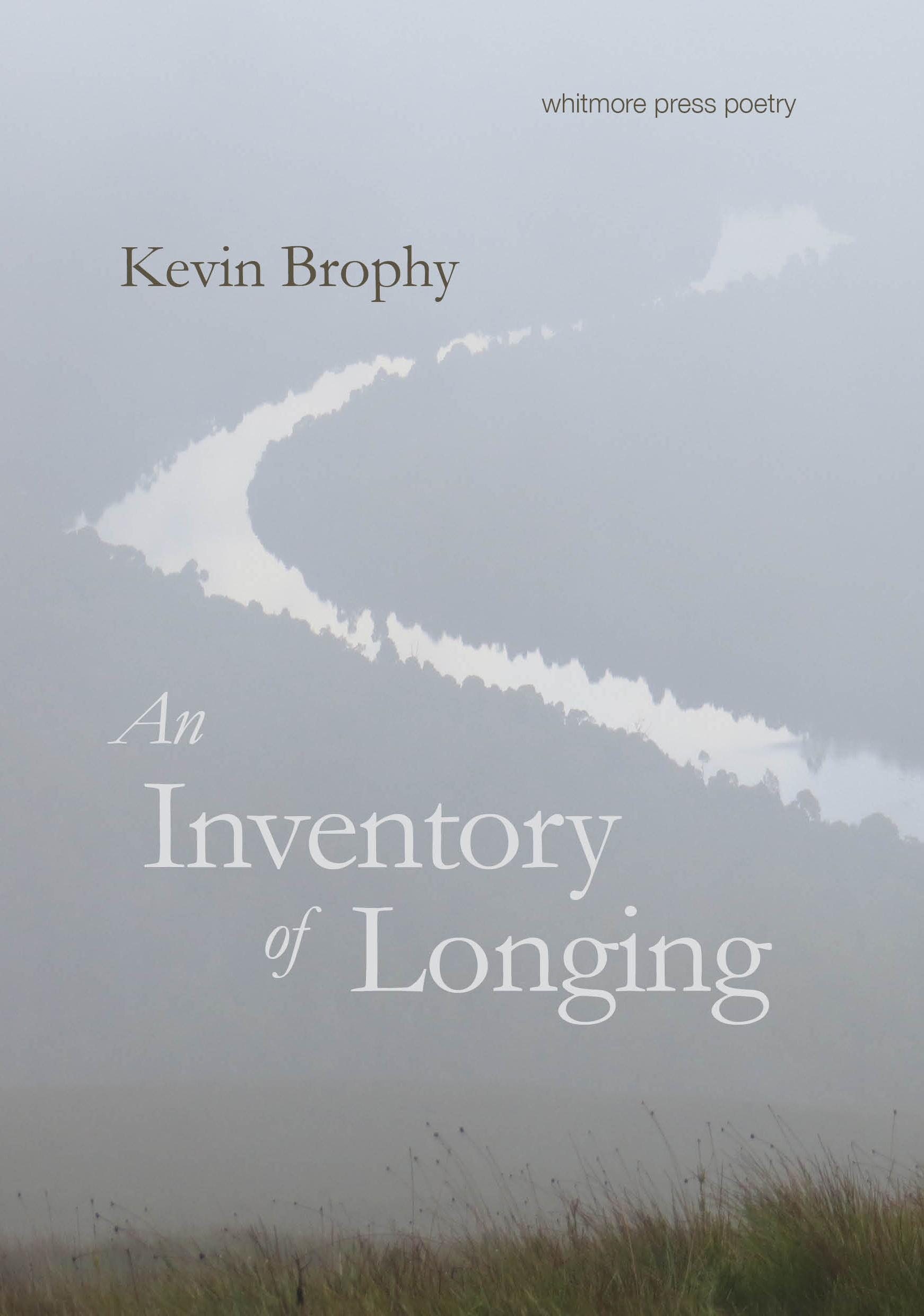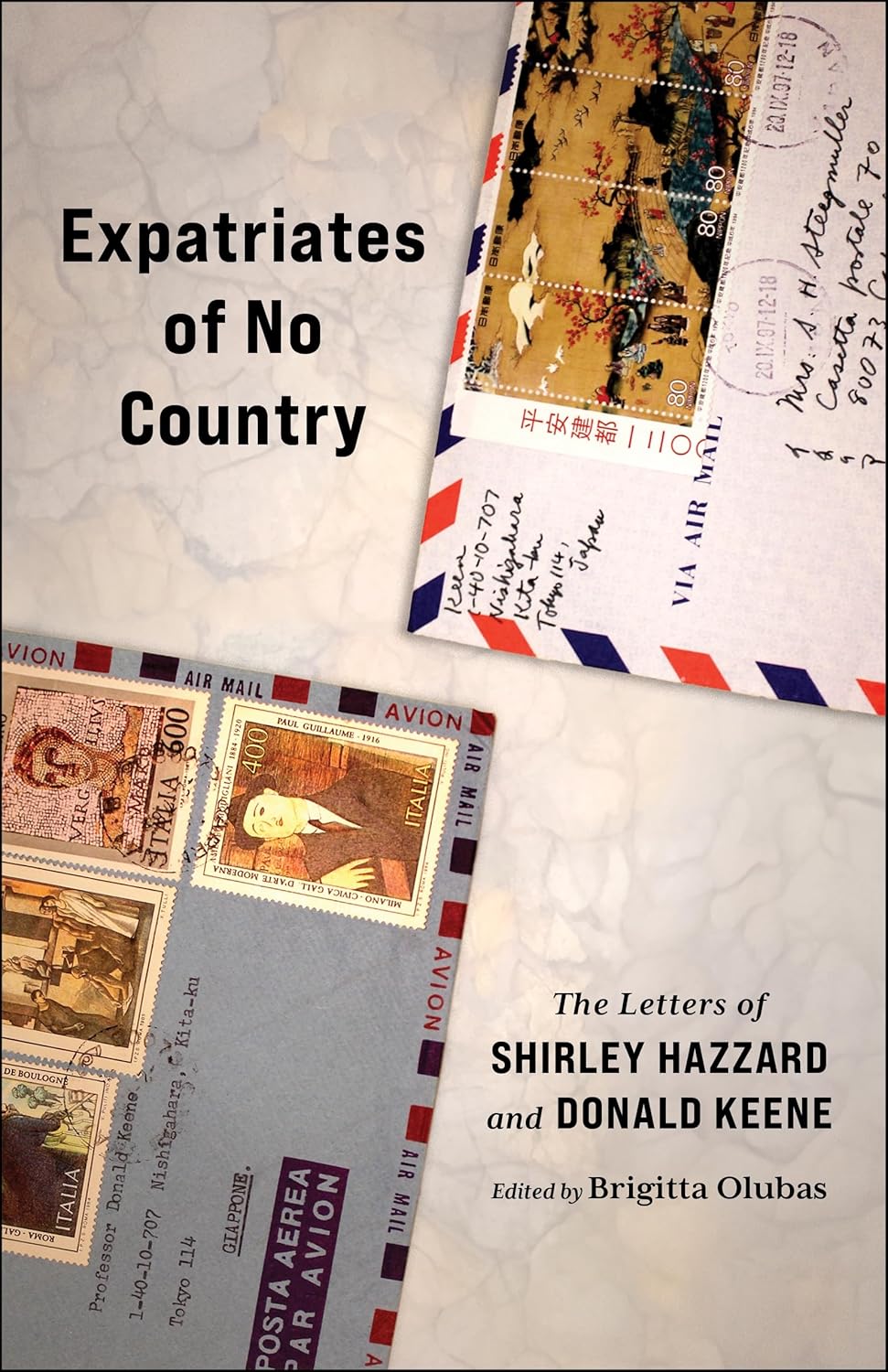West Side Story (Opera Australia) ★★★
Some sixty-two years after its Broadway première, Leonard Bernstein and Jerome Robbins’s musical and geographical updating of Shakespeare’s Romeo and Juliet continues to pack a powerful dramatic punch. While not without its weaknesses, such as the reliance on now-dated street slang and ethnic stereotypes, West Side Story remains a masterful fusion of musical and dramatic elements set to a score of operatic intensity. The work indeed has the distinction (albeit an increasingly less rare one at Opera Australia under the artistic direction of Lyndon Terracini) of finding a place in the repertoire of both opera house and music theatre.
Another stand-out feature is the unprecedentedly high level of dance elements integrated into its plot. West Side Story gives its dancing ensemble named, individualised, roles, and the dance sequences that unfold are central, not incidental, to the storytelling and overall character of the work. The success of these elements is also grounded ultimately in Bernstein’s score, and in particular his command of popular and jazz musical idioms (mixed in with what he had learned from his close familiarity with the music of Beethoven, Stravinsky, Ravel, and Mahler). The suite of music that Bernstein eventually drew from West Side Story has now become a staple orchestral work in its own right.
Continue reading for only $10 per month. Subscribe and gain full access to Australian Book Review. Already a subscriber? Sign in. If you need assistance, feel free to contact us.















Comments (2)
However, the origin of the term is a 19th century Punch cartoon. A nervous young curate is having tea with a bishop. The curate is obviously finding something distasteful with his boiled egg. The bishop enquires whether there is anything wrong with the egg. “Oh no, my Lord” says the curate obsequiously, “I assure you it is good in parts.” The point being that an egg can only be wholly good or wholly bad.
Leave a comment
If you are an ABR subscriber, you will need to sign in to post a comment.
If you have forgotten your sign in details, or if you receive an error message when trying to submit your comment, please email your comment (and the name of the article to which it relates) to ABR Comments. We will review your comment and, subject to approval, we will post it under your name.
Please note that all comments must be approved by ABR and comply with our Terms & Conditions.